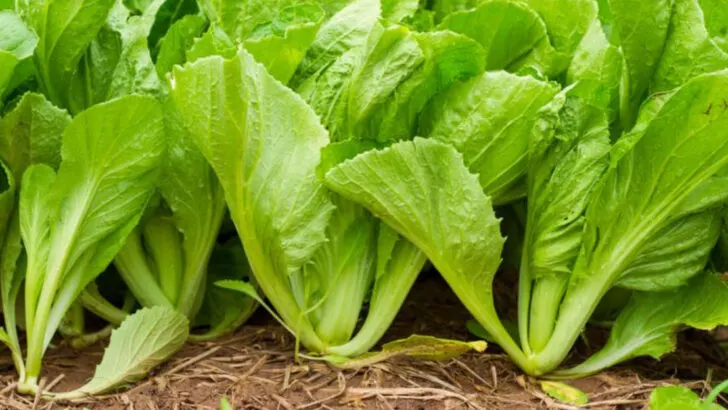A lot of people assume that vegetables need full sun all day long to grow well—but that’s not always the case. If your garden gets more dappled light than direct sun, you’ve still got options. In fact, some veggies actually prefer a break from intense heat, especially during the height of summer. Shade can help keep certain plants from wilting or bolting too soon, which means a longer harvest and happier crops.
Knowing which vegetables can handle lower light can make all the difference in a shady backyard, a balcony garden, or even the corner of a raised bed that sunlight skips over. These plants aren’t just survivors—they’re steady growers that can offer good harvests without needing prime sunny real estate.
Arugula
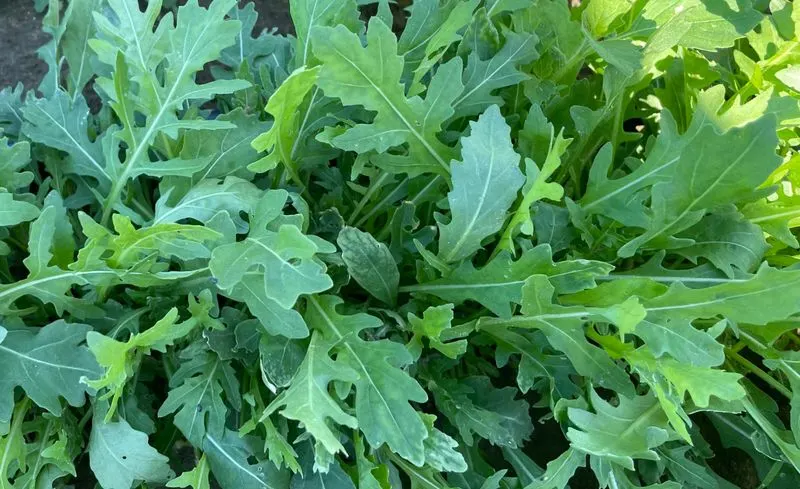
Peppery and packed with nutrients, arugula thrives in shaded gardens. Offering a quick growth cycle, it’s ready for harvest in just a few weeks. This leafy green adds a delightful zing to salads and sandwiches. Its ability to grow in less light makes it a favorite for early spring and fall plantings. Plant arugula seeds in well-draining soil, and ensure consistent watering for best results. Its robust nature ensures a steady supply of crisp greens even in cooler climates. Experiment with successive plantings to enjoy fresh leaves throughout the growing season.
Broccoli Rabe
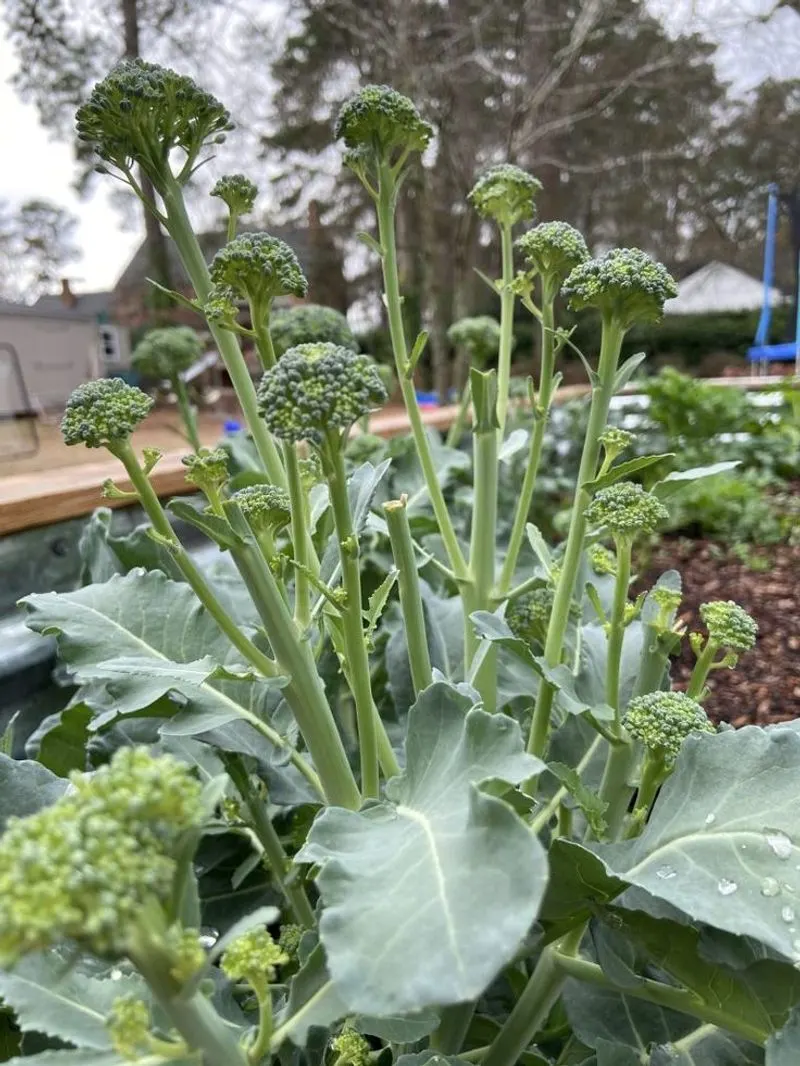
Broccoli Rabe, also known as Rapini, offers a delightful mix of flavors. This vegetable thrives in partial shade, making it perfect for less sunny gardens. Its slightly bitter taste pairs wonderfully with garlic and olive oil, creating a delicious side dish.
Broccoli Rabe is not just tasty but also a powerhouse of nutrients, rich in vitamins A, C, and K. Its unique appearance, with small buds and leafy greens, adds visual interest to any garden space.
Consider planting in cooler seasons, as it prefers mild temperatures, ensuring a bountiful harvest.
Spinach
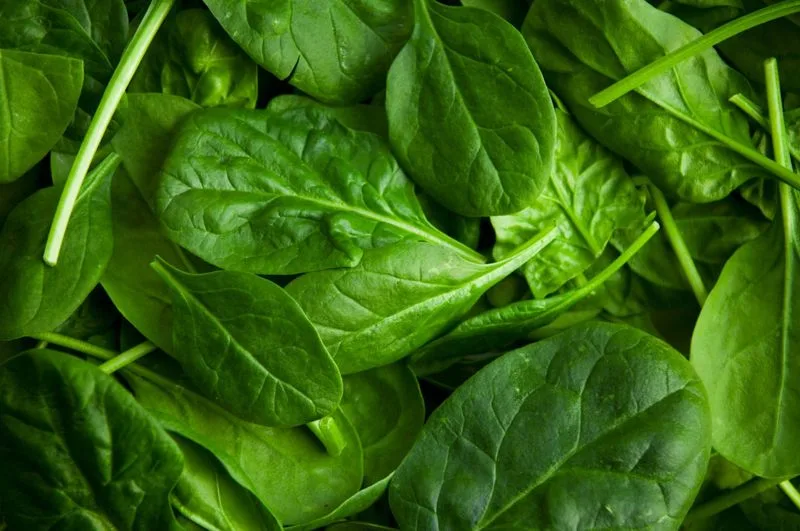
Spinach is a powerhouse of vitamins, making it a staple in many gardens. Preferring cooler temperatures, it prospers in shaded areas. The tender leaves are perfect for salads, soups, and smoothies. Sow seeds directly into the soil, ensuring good drainage and moderate watering. This leafy green matures quickly, allowing for multiple harvests each season. Its resilience to lower light conditions makes it ideal for less sunny spots. Enjoy the versatility of spinach in your cooking while appreciating its adaptability to various climates.
Mizuna
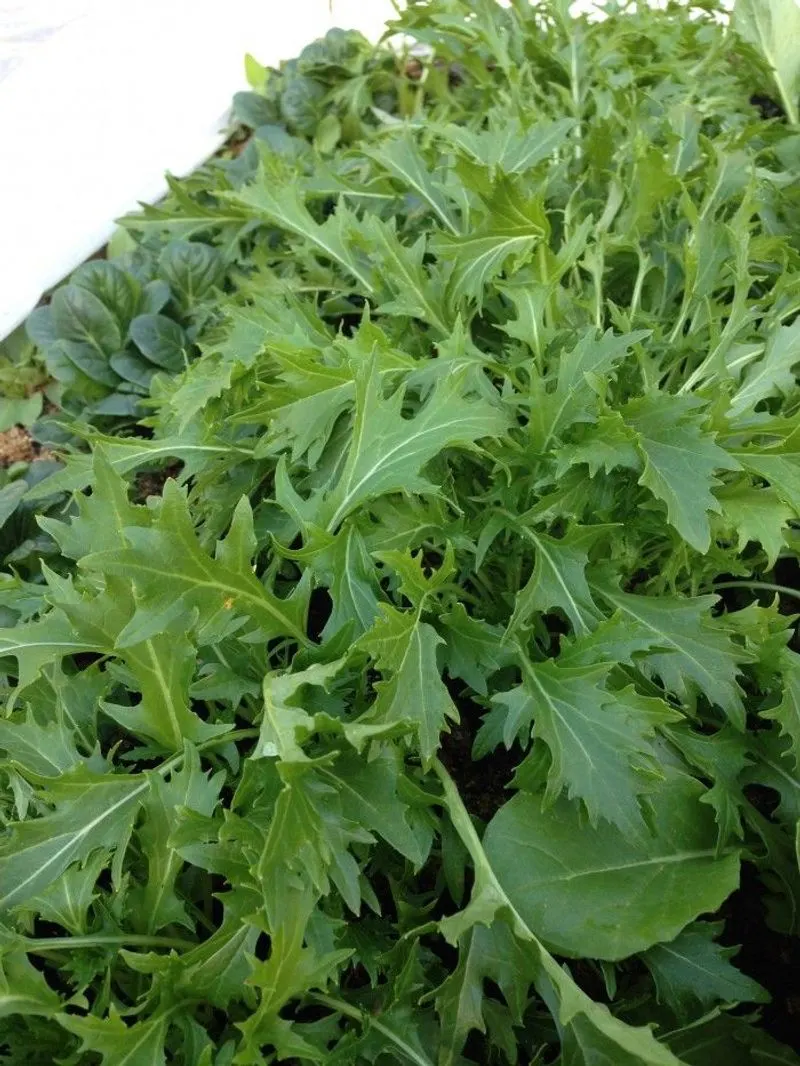
Mizuna, a Japanese mustard green, brings an unexpected zest to salads and stir-fries. Known for its feathery leaves and peppery taste, Mizuna adapts well to shaded areas.
This resilient vegetable grows quickly, providing gardeners with a continuous harvest and a burst of flavor. It’s an excellent choice for those looking to diversify their greens beyond the usual lettuce and spinach.
Notably cold-tolerant, Mizuna can withstand lower temperatures, making it versatile for various climates. Plant it in rich, well-drained soil for optimal growth.
Swiss Chard
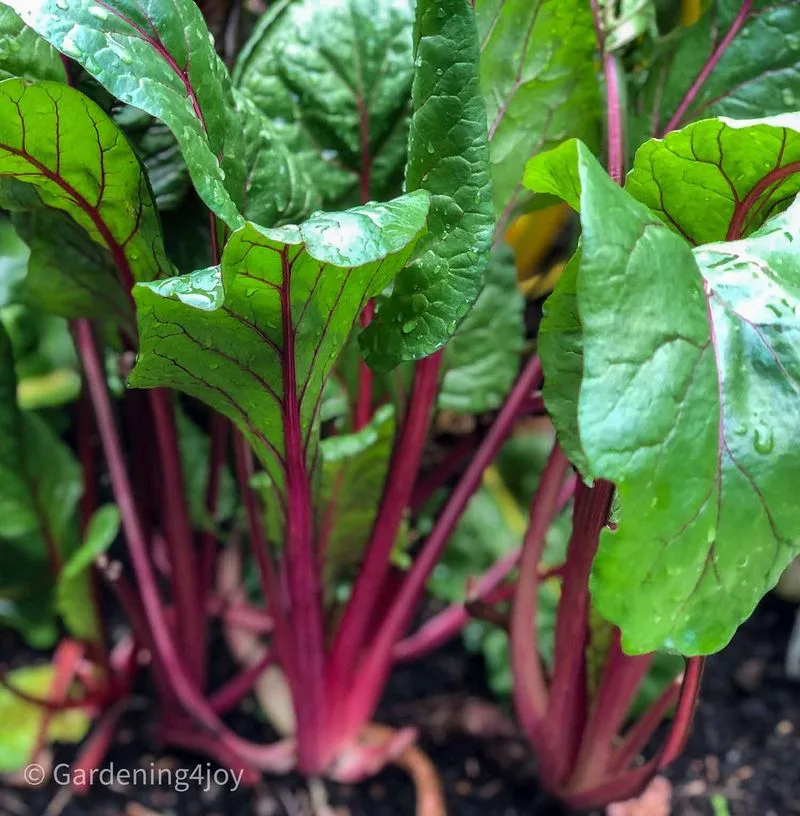
With its colorful stems and nutritious leaves, Swiss chard brightens any garden space. It tolerates shade well, offering a long harvesting period. The tender leaves can be used in a variety of dishes, from sautés to soups. Swiss chard is forgiving of different growing conditions, making it perfect for novice gardeners. Ensure the soil is rich in organic matter to support healthy growth. Regular harvesting encourages continuous leaf production. Its ornamental appeal and adaptability make it a valuable addition to any shaded garden.
Claytonia
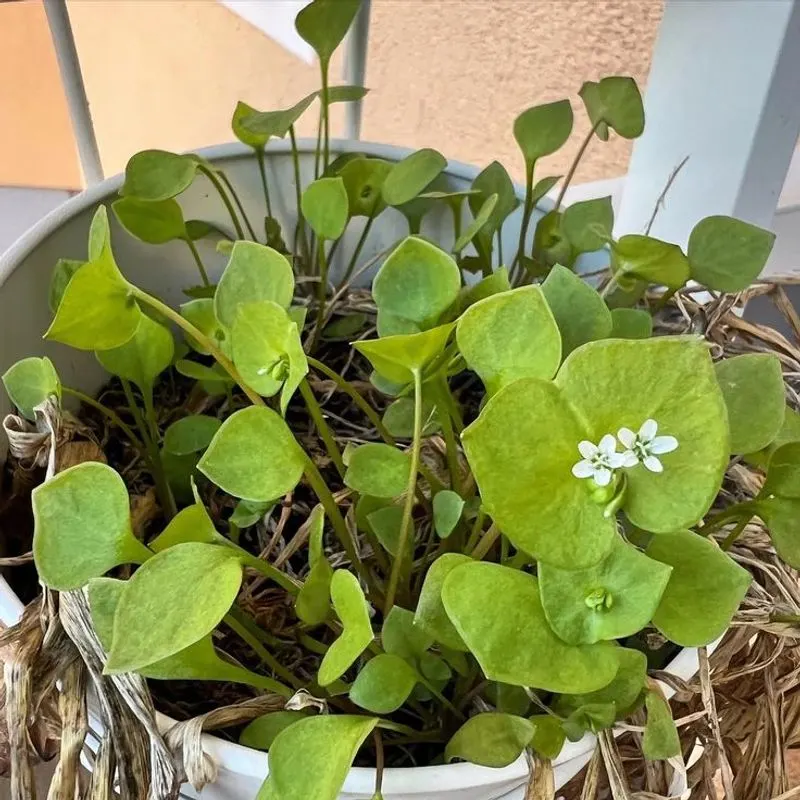
Claytonia, often referred to as Miner’s Lettuce, embodies resilience and charm. With its heart-shaped leaves, it’s a favorite for shade gardens. This succulent-like plant offers a mild, juicy flavor, perfect for fresh salads.
Historically, it was a vital food source for miners during the Gold Rush, valued for its vitamin C content. Claytonia thrives in cool, shaded environments, making it ideal for woodland gardens.
Its ability to grow in poor soil conditions adds to its appeal, ensuring gardeners a lush, green addition even in challenging spots.
Kale
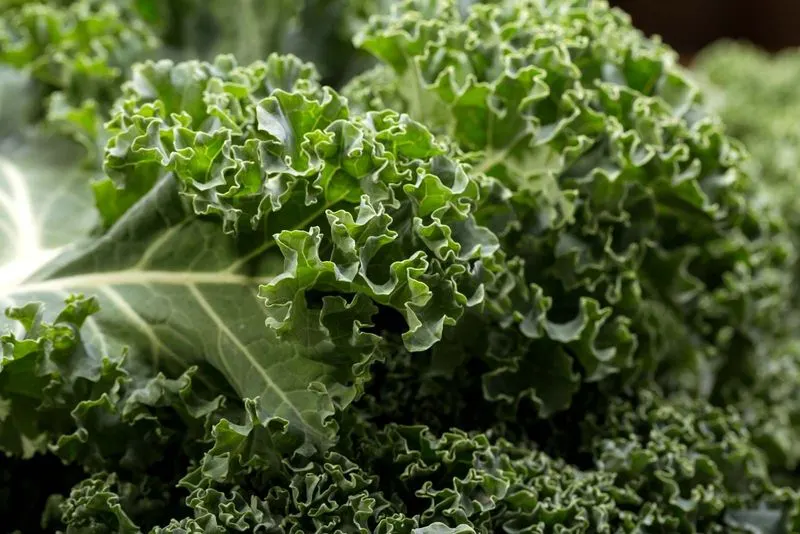
Kale is renowned for its hardiness and nutritional benefits. It thrives in partial shade, offering a continuous supply of leaves. This cruciferous vegetable is a favorite among health-conscious gardeners. Plant kale in fertile soil, maintaining moisture for optimal growth. Its versatility in the kitchen is unmatched, suitable for salads, smoothies, and cooked dishes. Kale’s tolerance to various climates and light conditions ensures a productive garden spot. Regularly pick the outer leaves to encourage new growth throughout the season.
Lettuce
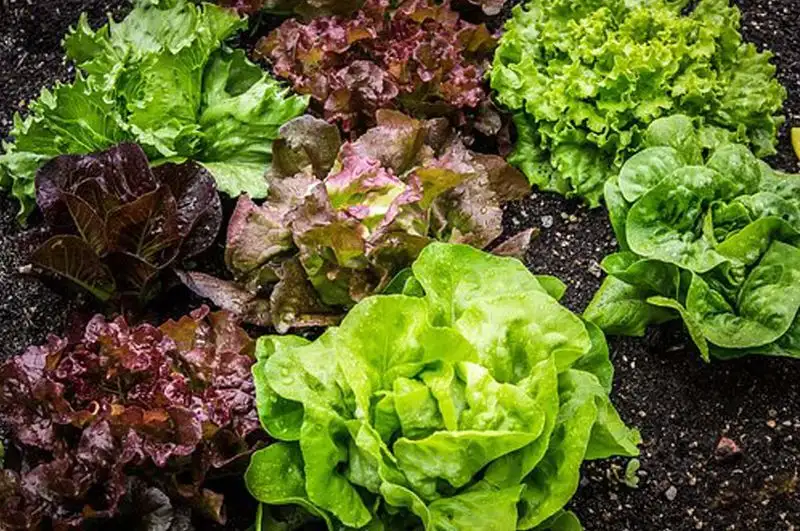
Lettuce is a garden staple known for its quick growth and variety. It flourishes in shaded areas, providing a steady supply of fresh greens. From butterhead to romaine, the options are plentiful. Sow seeds in loose, well-drained soil, and keep the ground moist. Lettuce prefers cooler temperatures, making it ideal for spring and fall. Harvest leaves as needed to keep plants productive. Its adaptability and rapid growth rate make it a suitable choice for any shaded spot in your garden.
Beet Greens
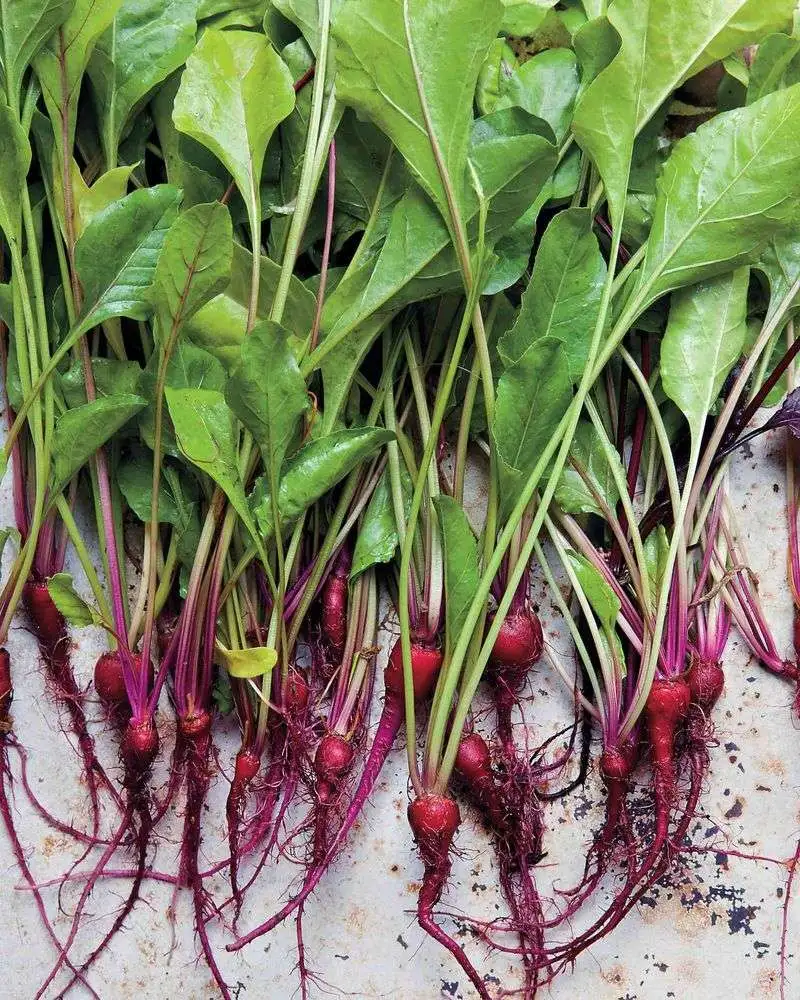
Often overlooked, beet greens are a nutritious and flavorful addition to any garden. Thriving in partial shade, they offer tender leaves for salads and cooking. Plant beet seeds in well-drained soil, ensuring consistent moisture. The greens grow quickly, allowing for multiple harvests. As a bonus, the roots can be harvested later for a dual-purpose crop. Their tolerance to shade makes them an excellent choice for gardeners with limited sunlight. Enjoy the earthy flavor of beet greens in various culinary creations.
Mustard Greens
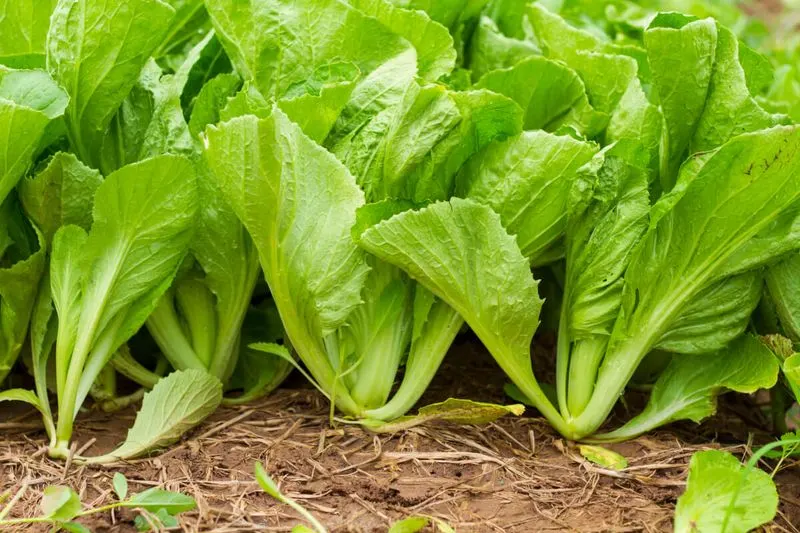
Mustard greens add a spicy kick to dishes, flourishing in shaded environments. These greens grow rapidly, making them ideal for fast harvests. Plant in nutrient-rich soil and water consistently to maintain their vibrant flavor. The leaves can be used raw in salads or cooked in stir-fries and soups. Mustard greens are resilient, withstanding various growing conditions. Their ability to thrive in less light makes them a valuable addition to any garden, providing a continual supply of zesty greens.
Bok Choy
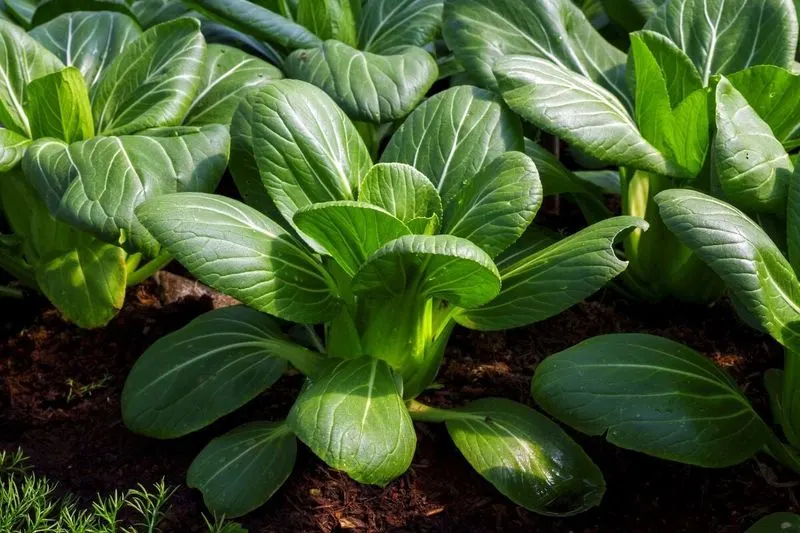
Bok choy’s crisp texture and mild flavor are perfect for a variety of dishes. Preferring cooler temperatures, it grows well in shaded areas. Plant bok choy seeds in fertile soil, keeping it consistently moist for best results. This Asian green matures quickly, allowing for repeated harvests throughout the season. Its adaptability to different growing conditions makes it a favorite among gardeners. Enjoy bok choy raw in salads or cooked in stir-fries and soups. Its versatility and ease of growth make it a must-have in any shaded garden.
Cilantro
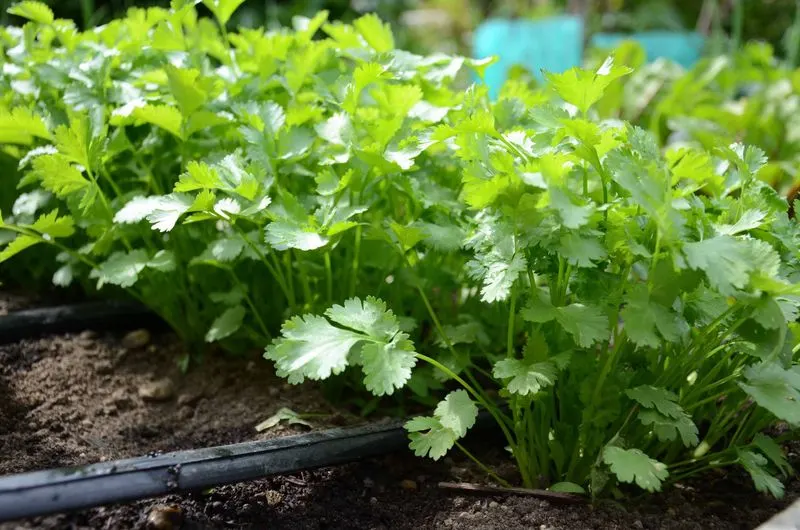
Cilantro offers fresh, aromatic leaves perfect for garnishing and flavoring dishes. Thriving in cooler temperatures, it flourishes in partial shade. Sow seeds in well-drained soil, ensuring consistent moisture for vigorous growth. Cilantro grows rapidly, providing a steady supply of leaves. Its tendency to bolt in high heat is minimized in shaded areas. The distinct flavor enhances a variety of cuisines, making it a popular choice for home gardeners. Enjoy fresh cilantro throughout the growing season by planting successive crops every few weeks.
Parsley
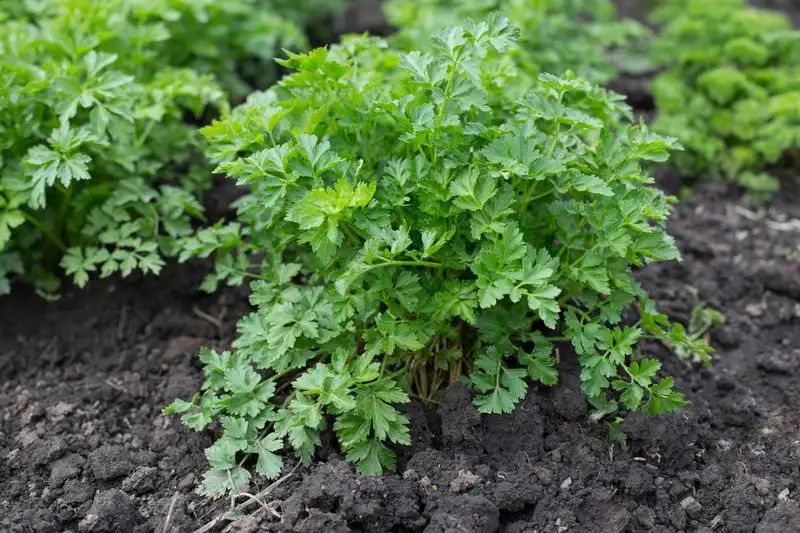
Packed with vitamins, parsley is a versatile herb that loves the shade. Its rich green leaves add freshness to any dish. Plant parsley seeds in moist, well-drained soil, and water regularly. The plant’s resilience to varying light conditions ensures a constant supply of flavorful leaves. Harvest parsley regularly to encourage new growth. Its adaptability makes it suitable for containers or garden beds. Whether used as a garnish or a main ingredient, parsley’s subtle flavor complements a wide range of recipes.
Radishes
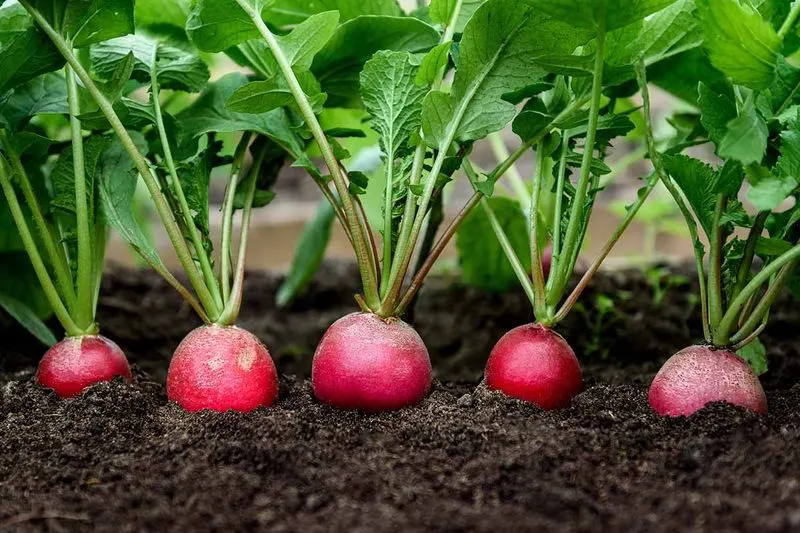
Known for their peppery roots, radishes are quick-growing vegetables that do well in the shade. Their fast maturation allows for multiple plantings in a single season. Sow seeds in well-drained soil, and thin seedlings to promote robust growth. The edible leaves can be harvested young and add a zesty note to salads. Radishes’ ability to thrive in less light makes them ideal for small spaces or container gardens. Their crunchy texture and mild spice are delightful additions to any meal.
Turnip Greens
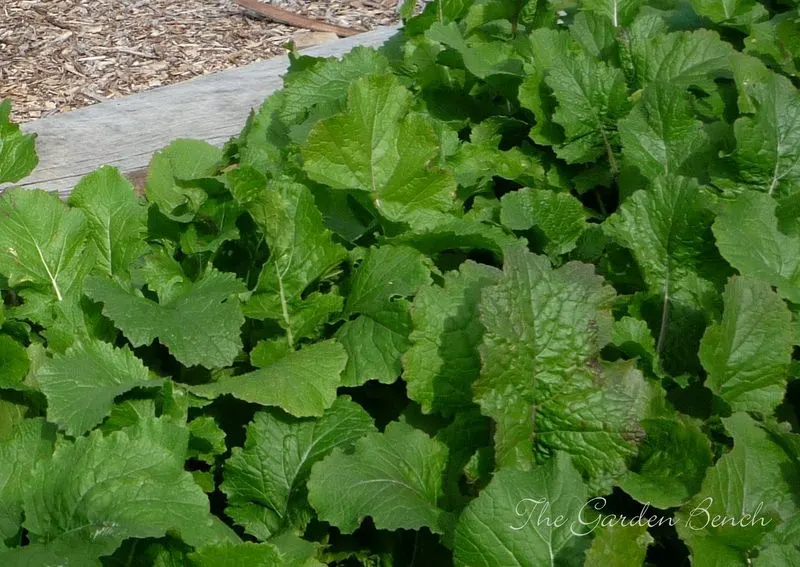
Turnip greens are a nutritious and flavorful option for shaded gardens. The tender leaves are excellent in salads or cooked dishes, providing a subtle peppery taste. Plant turnip seeds in well-drained soil, ensuring consistent watering for vigorous growth. The greens grow quickly, offering a renewable source of fresh leaves. Shaded areas provide the perfect environment for their development, minimizing the risk of bolting. Turnip greens not only enhance your garden’s diversity but also add depth to your culinary repertoire.
Scallions
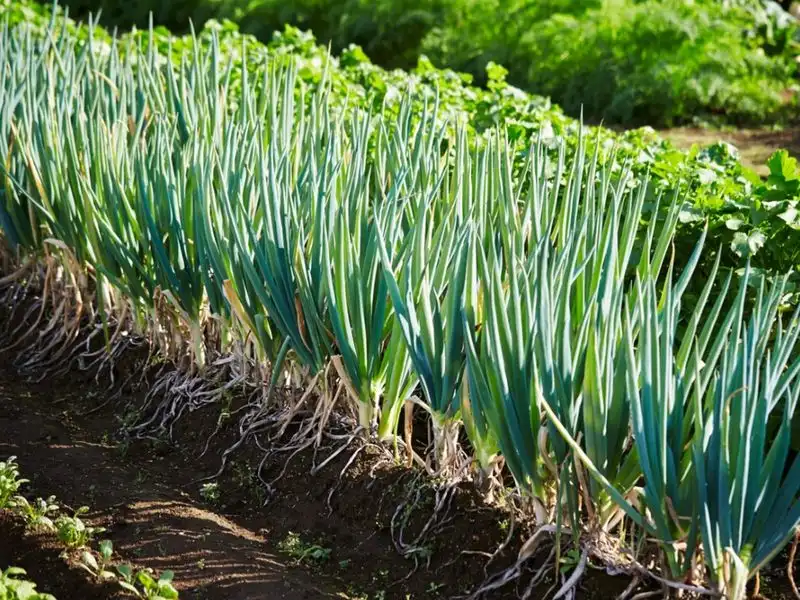
Scallions, or green onions, are a versatile addition to any garden. Thriving in partial shade, they are easy to grow and maintain. Plant seeds or bulbs in well-drained soil, spacing them appropriately for healthy growth. Scallions offer a mild onion flavor that complements many dishes. Harvest them by snipping the green tops, allowing for continual regrowth. Their adaptability and rapid growth make them a favorite among gardeners. Incorporate scallions into your cooking for a fresh, tangy twist.
Carrots
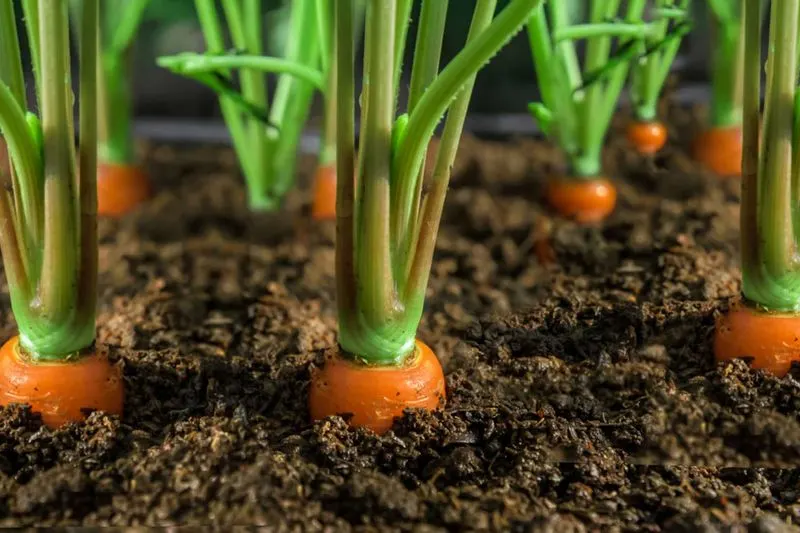
Carrots are surprisingly tolerant of shade, especially in cooler climates. The feathery tops are a telltale sign of their presence beneath the soil. Plant carrot seeds in loose, sandy soil, ensuring good drainage. Regular watering and thinning of seedlings promote healthy root development. While slower to mature in shaded areas, the roots are sweet and flavorful. Carrots’ adaptability makes them suitable for diverse garden conditions. Enjoy the satisfaction of pulling fresh carrots from your shaded patch, ready to enhance any meal.
Peas
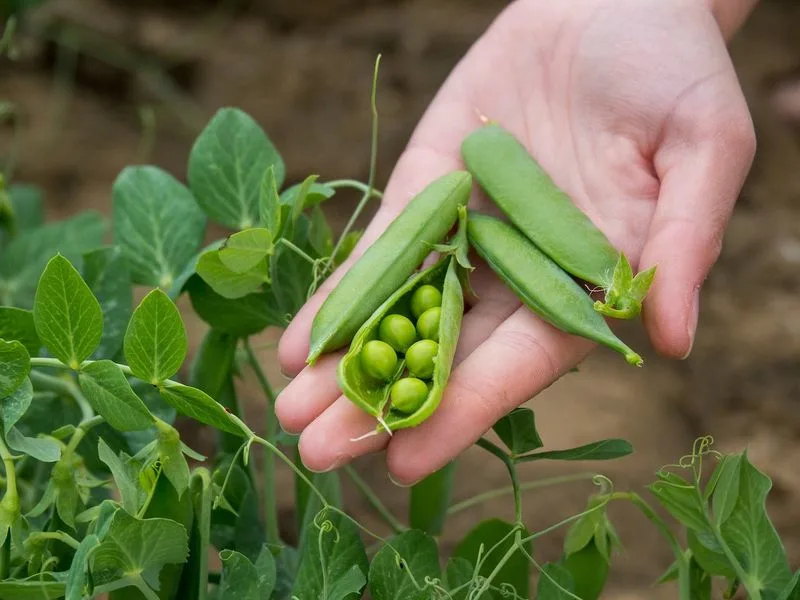
Peas are a delightful addition to any shaded garden, thriving in cooler temperatures. The vines climb trellises, producing sweet pods that are a treat to snack on. Plant pea seeds in nutrient-rich soil, providing support for vertical growth. Consistent watering ensures a bountiful harvest. The adaptability of peas to less light makes them a popular choice for gardeners with limited sunshine. Whether eaten fresh or cooked, peas offer a burst of flavor and nutrition, enhancing your garden’s productivity.

